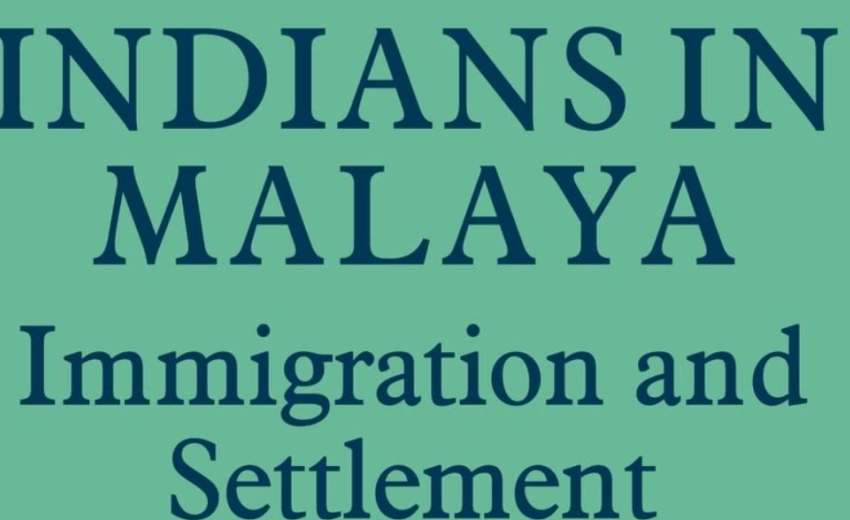In the 19th century, the first Sikhs who came to the Malay states were mostly brought in by British officers with experience in India. The British admired Sikhs for their courage and discipline, which made them stand out. According to Supt Syed Zainal Abidin Syed Zin, director of the Royal Malaysia Police Museum, locals found their physical presence intimidating. Kernial Singh Sandhu, in his book "Indians in Malaya: Immigration and Settlement (1786-1957)," highlights that recruits from Punjab and the Northwest Frontier were particularly favored by the British authorities for service in the Malay states.
The British preference for Sikhs stemmed from their reputation for bravery and discipline, traits highly valued by the colonial administration. Sikhs were actively sought after for their perceived qualities, with British officers often selecting recruits from Punjab and the Northwest Frontier. This historical recruitment practice significantly shaped the early Sikh presence in the Malay states, leaving a lasting impact on the local community and its perceptions.
Suited for security
In the late 19th century, many people, mostly Sikhs, Pathans, and Punjabi Muslims, were willing to move and work for three to five years for meager wages ranging from $9 to $15 per month. They were seen as highly dependable, honest, conscientious, and quick learners. Due to these qualities, they were considered suitable for various roles within the security services, particularly armed police work, military, or para-military duties.
Captain Charles Speedy, who served in India during that time, personally enlisted approximately 100 Sikhs, Pathans, and Punjabi Muslims to bring order to the chaos caused by Chinese secret societies fighting for control of tin mines in Larut, Perak, in 1873. Following this success, the British government recruited more Sikhs in the 1880s to address similar conflicts in Jelebu and Sungai Ujong. These recruits played a crucial role in maintaining peace and order in regions where tensions were high and conflicts frequent.
In the early months of 1877, Taiping saw the formation of the Perak Armed Police (PAP). Its inaugural police commissioner was Lieutenant Paul Swinburne, proficient in both Hindi and Malay languages. The PAP primarily comprised Sikhs, with about 300 members. By 1895, the Sikh contingent had grown to 774, outnumbering Malays, who stood at 220.
By May 15, 1884, the PAP underwent a transformation, becoming the First Battalion Perak Sikhs (FBPS). This shift also introduced the title of commandant for the commissioner. The battalion now boasted infantry and artillery divisions, with Sikhs dominating the ranks at a ratio of 3:1. In 1892, the FBPS quelled uprisings in Pahang led by Datuk Bahaman, Tok Gajah, and Mat Kilau, solidifying its role in maintaining peace and order.
In 1896, Colonel R.S.F. Walker founded the Malay States Guides (MSG) as a military unit to handle disturbances in Perak, Selangor, Pahang, and Negri Sembilan. The MSG, headquartered in Taiping, Perak, was composed mainly of Sikhs.
The MSG, functioning as a paramilitary force, had broad authority and was deployed to different trouble spots in the Malay states to maintain law and order, according to Superintendent Syed Zainal Abidin. By 1915, the MSG played a crucial role in quelling an uprising in Kelantan led by Tok Janggut. Later that year, approximately 700 officers and soldiers from the MSG were dispatched to Aden to combat the Turks during World War I. This marked the first instance of security forces from British Malaya being deployed overseas.
Location of gurdwaras
In 1919, the MSG disbanded, and some members joined the Federated Malay States (FMS) Police. According to Saran Singh Sidhu, the author of Sikh Gurdwaras in Malaysia and Singapore, the history of gurdwaras (Sikh temples) in the region is closely tied to Sikh policemen. Initially, Sikh policemen built the first gurdwaras within their barrack compounds. For instance, the Gurdwara Sahib in Fort Cornwallis, Penang, was constructed in 1881. Later, it was relocated to Jalan Patani in 1927. In Kuala Lumpur, the first Sikh place of worship was the Gurdwara Sahib Polis Parliament, established in 1890. Even today, Gurdwara Sahib Pulapol, previously known as Gurdwara Sahib Police Depot, remains standing within the police training center in Jalan Semarak, covering an area of 17,000 square feet.
Supt Syed Zainal Abidin notes the remarkable contributions of Sikhs not only in Malaya and India but also in other British territories like Hong Kong and Burma. Their dominance in Malaya's security forces persisted from the 1870s until World War Two, showcasing their prowess and dedication.
The British held immense trust in Sikhs, valuing their capabilities, contributions, and unwavering commitment in their duties. The bravery of Sikhs remains evident; among the 232 names honored on the National Monument (Tugu Negara), 33 are Sikh heroes. Today, Sikhs constitute less than 0.3% of the Royal Malaysia Police workforce. Given their limited representation, Sikhs no longer wield the influence they once did. Nonetheless, it's crucial to acknowledge their role as nation-builders and honor their enduring contributions to Malaysian society.
*Based on an article by Dr Sarjit Singh Gill, published in The Star on 5th September 2012

